- 23
- Mar
Yog vim li cas lub peev xwm ntawm lithium roj teeb puas, ib tug neeg thaum kawg summed
Cov roj teeb lithium-ion yog cov roj teeb loj tshaj plaws tom qab nickel-cadmium thiab nickel-hydrogen roj teeb. Nws cov khoom siv hluav taws xob siab ua rau nws lub neej yav tom ntej zoo nkauj. Txawm li cas los xij, cov roj teeb lithium-ion tsis zoo tag nrho, thiab lawv qhov teeb meem loj tshaj plaws yog kev ruaj ntseg ntawm lawv cov nqi them tawm mus. Daim ntawv no qhia txog thiab tshuaj xyuas cov laj thawj uas yuav ua rau muaj peev xwm ploj ntawm Li-ion roj teeb, suav nrog kev tshaj tawm, electrolyte decomposition thiab nws tus kheej tawm.
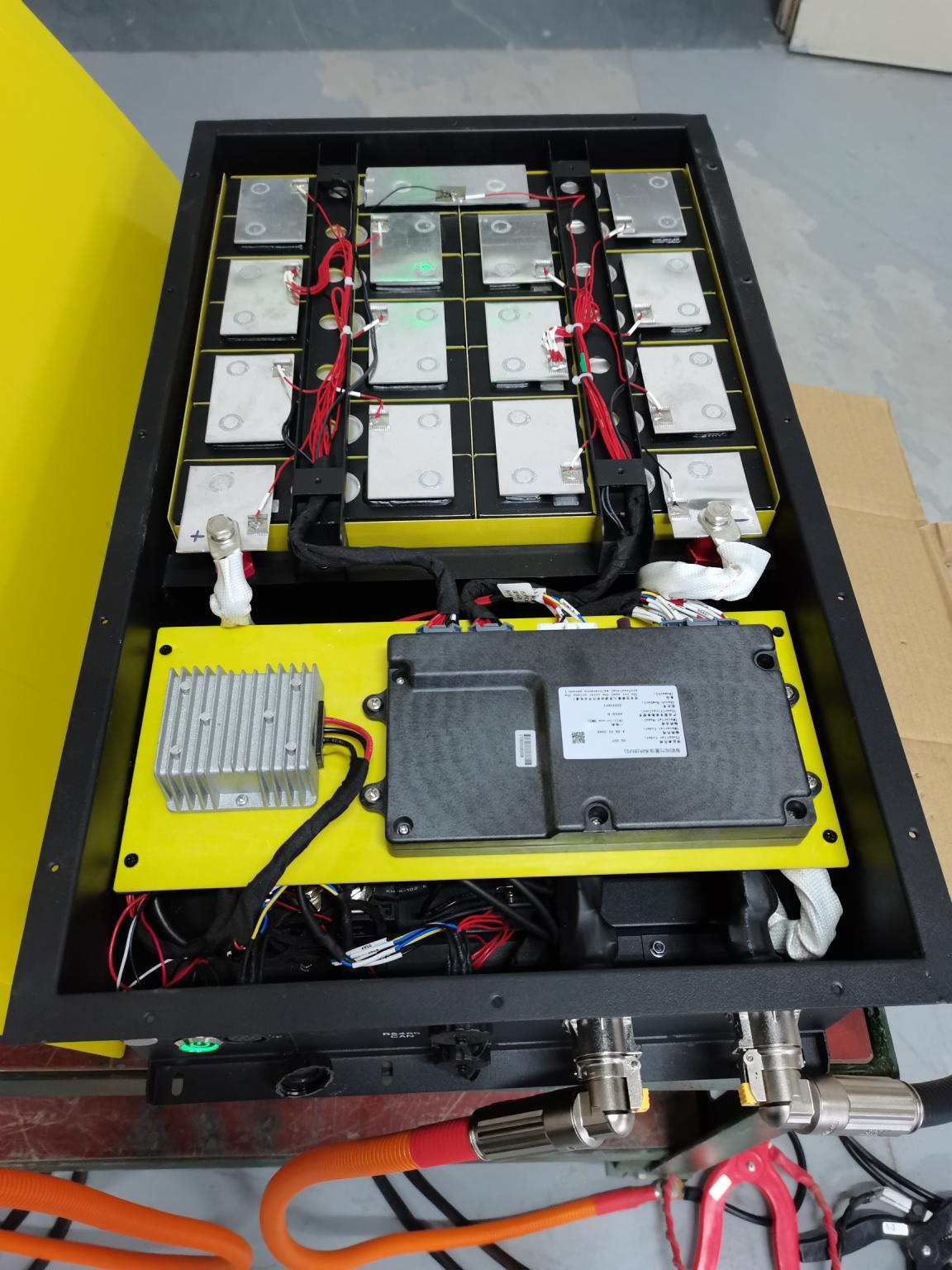
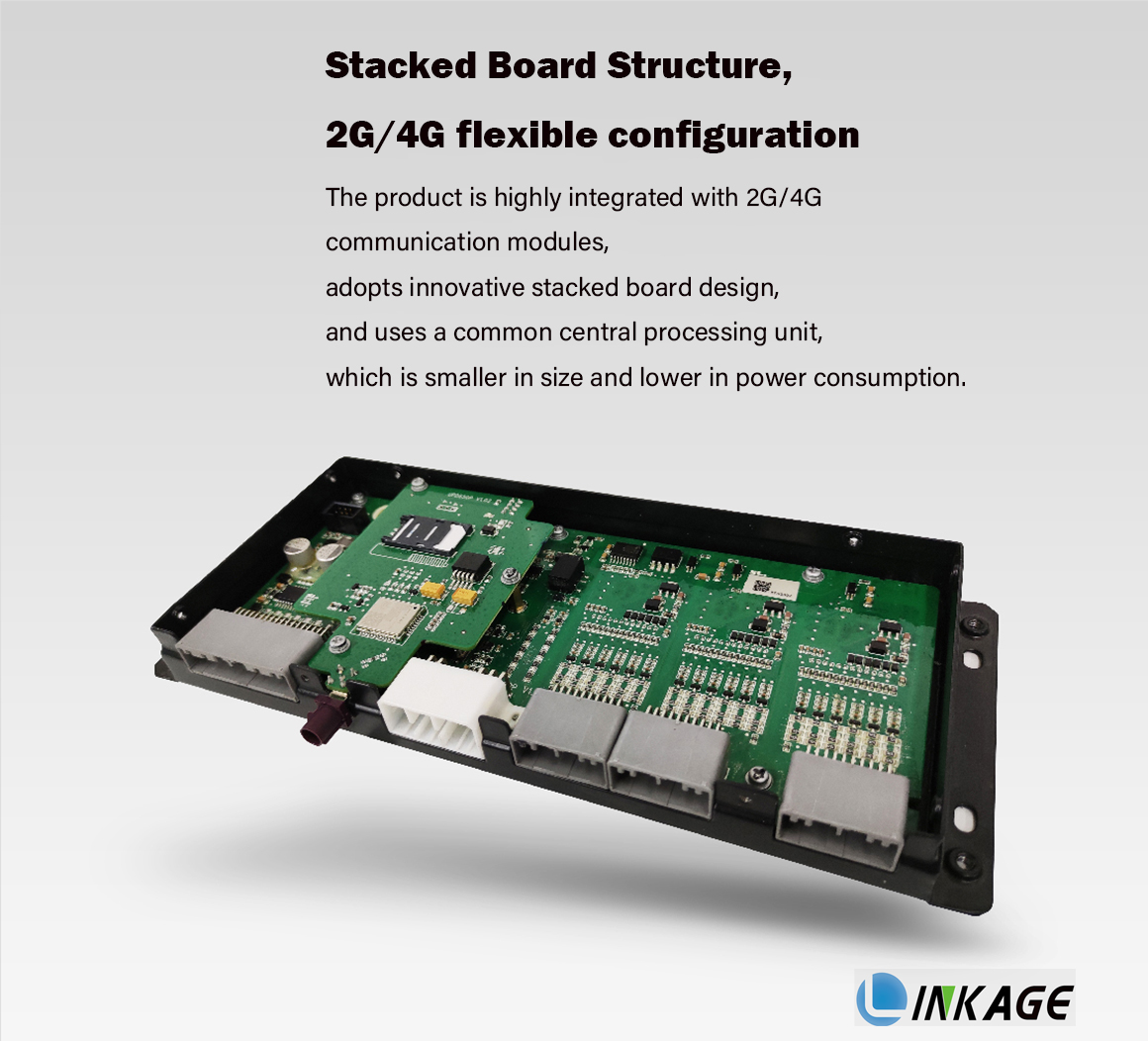
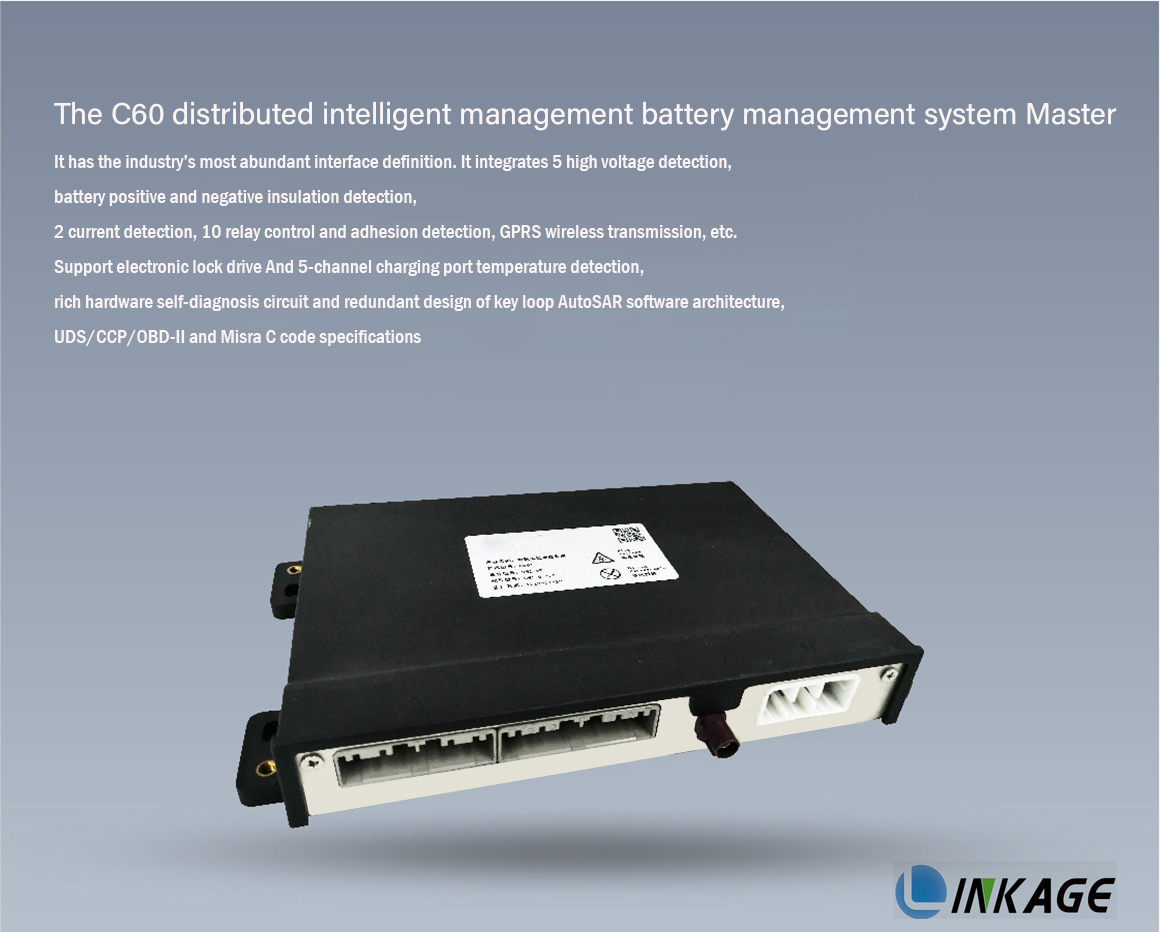
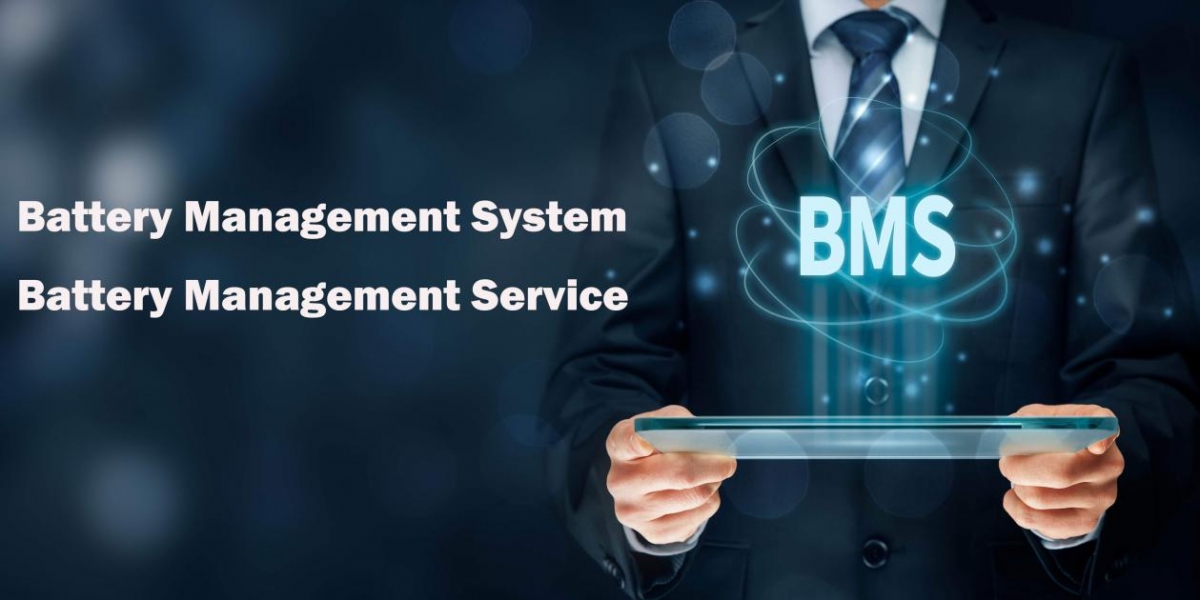
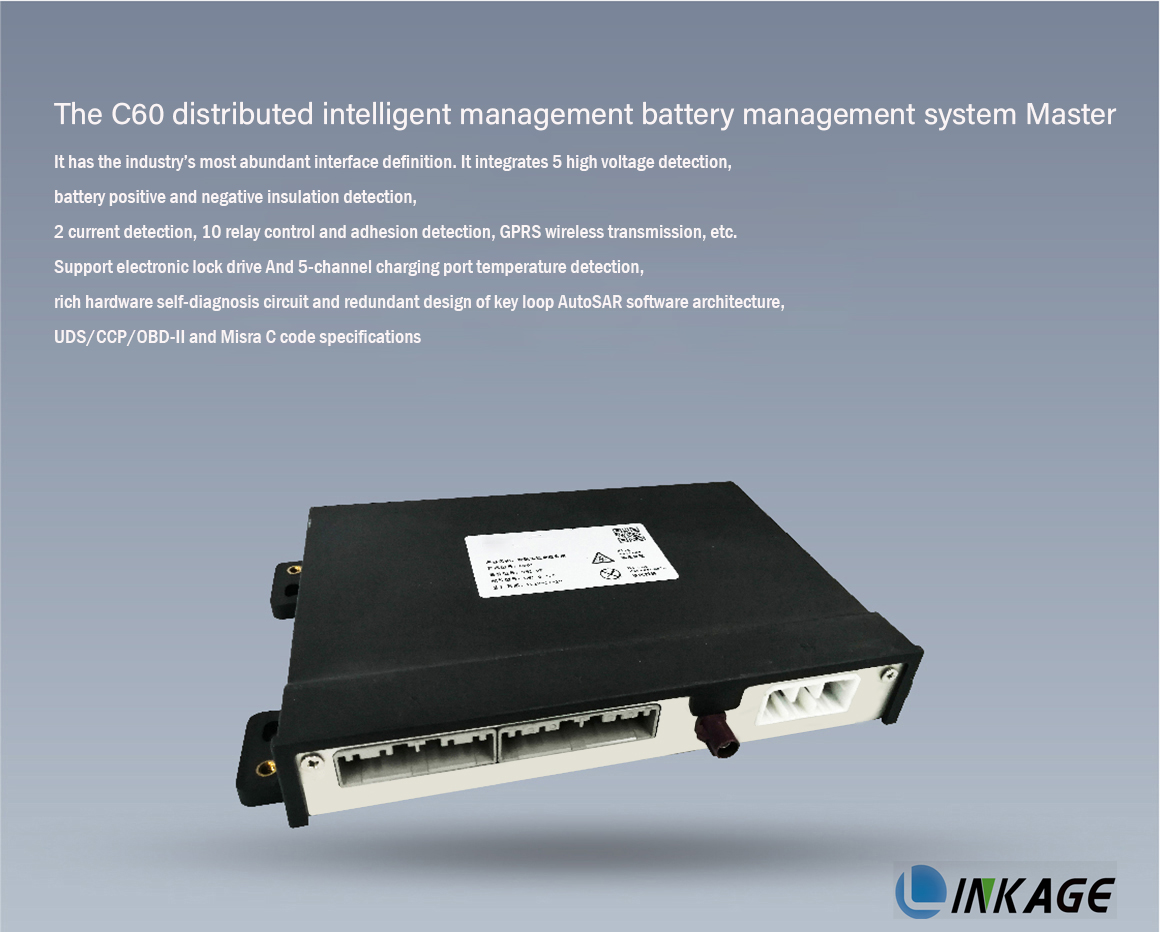
Cov roj teeb lithium-ion muaj lub zog sib txawv sib txawv thaum muaj kev cuam tshuam kev sib cuam tshuam ntawm ob lub electrodes, thiab thiaj li yuav tau txais kev ua tau zoo ntawm lub roj teeb, qhov muaj peev xwm ntawm ob lub tswv yim electrodes yuav tsum muaj qhov sib npaug.
Hauv cov roj teeb lithium-ion, lub peev xwm sib npaug yog qhia raws li qhov loj ntawm qhov zoo electrode rau qhov tsis zoo electrode,
Ntawd yog: γ = m + / m- = ΔxC- / ΔyC +
Nyob rau hauv cov mis saum toj no, C hais txog lub theoretical coulombic muaj peev xwm ntawm lub electrode, thiab Δx thiab Δy xa mus rau cov stoichiometric tooj ntawm lithium ions embedded nyob rau hauv qhov tsis zoo electrode thiab cov electrode zoo, raws li. Nws tuaj yeem pom los ntawm cov qauv saum toj no uas yuav tsum muaj qhov sib piv loj ntawm ob tus ncej nyob ntawm qhov sib thooj Coulomb peev xwm ntawm ob tus ncej thiab tus naj npawb ntawm lawv cov lithium ions reversible.
daim duab
Feem ntau hais lus, qhov sib piv me me ua rau kev siv tsis tiav ntawm cov khoom siv electrode tsis zoo; ib qho loj loj piv yuav ua rau muaj kev nyab xeeb vim yog overcharge ntawm qhov tsis zoo electrode. Nyob rau hauv luv luv, ntawm qhov optimized loj piv, lub roj teeb kev ua tau zoo yog qhov zoo tshaj plaws.
Rau qhov zoo tagnrho Li-ion roj teeb system, lub peev xwm tshuav nyiaj li cas tsis hloov thaum lub sij hawm lub voj voog, thiab qhov pib muaj peev xwm nyob rau hauv txhua lub voj voog yog ib qho nqi, tab sis qhov tseeb qhov teeb meem yog qhov nyuaj dua. Ib qho kev tawm tsam sab nraud uas tuaj yeem tsim lossis haus lithium ions lossis electrons tuaj yeem ua rau muaj kev hloov pauv ntawm cov roj teeb muaj peev xwm. Thaum lub roj teeb lub peev xwm sib npaug ntawm lub xeev hloov, qhov kev hloov pauv no tsis tuaj yeem thim rov qab thiab tuaj yeem sau los ntawm ntau lub voj voog, ua rau lub roj teeb ua haujlwm. Kev cuam tshuam loj heev. Hauv cov roj teeb lithium-ion, ntxiv rau cov tshuaj tiv thaiv redox uas tshwm sim thaum lithium ions deintercalated, kuj tseem muaj ntau qhov kev cuam tshuam sab nraud, xws li electrolyte decomposition, active material dissolution, thiab metallic lithium deposition.
Reason 1: Overcharging
1. Cov tshuaj tiv thaiv overcharge ntawm graphite tsis zoo electrode:
Thaum lub roj teeb yog overcharged, lithium ions tau yooj yim txo thiab tso rau ntawm qhov chaw ntawm qhov tsis zoo electrode:
daim duab
Cov lithium deposited coats qhov tsis zoo electrode nto, thaiv lub intercalation ntawm lithium. Qhov no ua rau txo qis kev ua haujlwm thiab muaj peev xwm poob vim:
①Reduce the amount of recyclable lithium;
② Cov hlau lithium tso tawm ua rau cov kuab tshuaj los yog txhawb nqa electrolyte los ua Li2CO3, LiF lossis lwm yam khoom;
③ Cov hlau lithium feem ntau yog tsim los ntawm qhov tsis zoo electrode thiab cov khoom sib cais, uas tuaj yeem thaiv cov pores ntawm cov khoom sib cais thiab ua kom cov roj teeb sab hauv;
④ Vim yog qhov muaj zog heev ntawm lithium, nws yooj yim rau kev hnov mob nrog cov electrolyte thiab haus cov electrolyte, ua rau txo qis hauv kev ua haujlwm tawm thiab tsis muaj peev xwm.
Kev them nyiaj ceev ceev, qhov ceev tam sim no loj dhau, qhov tsis zoo ntawm electrode yog polarized heev, thiab qhov tso tawm ntawm lithium yuav pom tseeb dua. Qhov no yuav tshwm sim thaum cov khoom siv hluav taws xob zoo electrode muaj ntau dhau ntawm cov khoom siv hluav taws xob tsis zoo. Txawm li cas los xij, nyob rau hauv cov ntaub ntawv ntawm tus nqi them siab, kev tso nyiaj ntawm cov hlau lithium tuaj yeem tshwm sim txawm tias qhov piv ntawm cov khoom siv zoo thiab tsis zoo yog qhov qub.
2. Qhov zoo electrode overcharge cov tshuaj tiv thaiv
Thaum qhov sib piv ntawm cov khoom siv hluav taws xob zoo rau cov khoom siv hluav taws xob tsis zoo rau cov khoom siv hluav taws xob tsawg dhau, qhov zoo electrode overcharge yuav tshwm sim.
The capacity loss caused by overcharge of the positive electrode is mainly due to the generation of electrochemically inert substances (such as Co3O4, Mn2O3, etc.), which destroy the capacity balance between the electrodes, and the capacity loss is irreversible.
(1) LiyCoO2
LiyCoO2→(1-y)/3[Co3O4+O2(g)]+yLiCoO2 y<0.4
Nyob rau tib lub sijhawm, cov pa oxygen tsim los ntawm kev puas tsuaj ntawm cov khoom siv hluav taws xob zoo hauv cov roj teeb lithium-ion kaw nyob rau tib lub sijhawm vim tias tsis muaj cov tshuaj tiv thaiv recombination (xws li tiam H2O) thiab cov roj hluav taws xob uas tsim los ntawm kev puas tsuaj. ntawm cov electrolyte, thiab qhov tshwm sim yuav yog unimaginable.
(2) λ-MnO2
Cov tshuaj tiv thaiv lithium-manganese tshwm sim thaum cov lithium-manganese oxide yog tag nrho delithiated: λ-MnO2 → Mn2O3 + O2 (g)
3. Cov electrolyte yog oxidized thaum overcharged
When the pressure is higher than 4.5V, the electrolyte will be oxidized to generate insolubles (such as Li2Co3) and gases. These insolubles will block the micropores of the electrode and hinder the migration of lithium ions, resulting in capacity loss during cycling.
Cov yam ntxwv uas cuam tshuam rau tus nqi ntawm oxidation:
Qhov chaw saum npoo ntawm cov khoom siv electrode zoo
Current collector material
Added conductive agent (carbon black, etc.)
Hom thiab qhov chaw ntawm cov pa roj carbon dub
Ntawm cov feem ntau siv electrolytes, EC / DMC yog suav hais tias muaj qhov siab tshaj plaws oxidation tsis kam. Cov txheej txheem electrochemical oxidation ntawm kev daws yog feem ntau qhia raws li: kev daws → oxidation khoom (gas, tov thiab khoom teeb meem) + ne-
Cov oxidation ntawm cov kuab tshuaj yuav ua rau kom cov electrolyte concentration, txo cov electrolyte stability, thiab thaum kawg cuam tshuam lub peev xwm ntawm lub roj teeb. Piv txwv tias ib qho me me ntawm electrolyte tau noj txhua zaus nws raug them, yuav tsum muaj electrolyte ntau dua thaum lub roj teeb sib dhos. Rau ib lub thawv tas li, qhov no txhais tau hais tias ib qho me me ntawm cov khoom siv hluav taws xob tau thauj khoom, uas ua rau txo qis hauv thawj lub peev xwm. Tsis tas li ntawd, yog tias cov khoom lag luam tsim tawm, cov yeeb yaj kiab passivation yuav raug tsim rau ntawm qhov chaw ntawm lub electrode, uas yuav ua rau kom lub polarization ntawm lub roj teeb thiab txo cov zis voltage ntawm lub roj teeb.
Reason 2: Electrolyte decomposition (reduction)
Kuv decompose rau ntawm electrode
1. Cov electrolyte yog decomposed ntawm qhov zoo electrode:
The electrolyte consists of a solvent and a supporting electrolyte. After the cathode is decomposed, insoluble products such as Li2Co3 and LiF are usually formed, which reduce the battery capacity by blocking the pores of the electrode. The electrolyte reduction reaction will have an adverse effect on the capacity and cycle life of the battery. The gas generated by the reduction can increase the internal pressure of the battery, which can lead to safety problems.
Qhov zoo electrode decomposition voltage feem ntau yog ntau dua 4.5V (vs. Li / Li +), yog li lawv tsis yooj yim decompose ntawm qhov zoo electrode. Ntawm qhov tsis sib xws, cov electrolyte yog yooj yim dua decomposed ntawm qhov tsis zoo electrode.
2. Cov electrolyte yog decomposed ntawm qhov tsis zoo electrode:
The electrolyte is not stable on graphite and other lithium-inserted carbon anodes, and it is easy to react to generate irreversible capacity. During the initial charge and discharge, the decomposition of the electrolyte will form a passivation film on the surface of the electrode, and the passivation film can separate the electrolyte from the carbon negative electrode to prevent further decomposition of the electrolyte. Thus, the structural stability of the carbon anode is maintained. Under ideal conditions, the reduction of the electrolyte is limited to the passivation film formation stage, and this process does not occur when the cycle is stable.
Tsim cov zaj duab xis passivation
Qhov txo qis ntawm cov ntsev ntsev electrolyte koom nrog kev tsim cov yeeb yaj kiab passivation, uas yog qhov zoo rau kev ruaj khov ntawm cov yeeb yaj kiab passivation, tab sis
(1) Cov teeb meem insoluble tsim los ntawm kev txo qis yuav muaj kev cuam tshuam tsis zoo rau cov khoom hnyav txo;
(2) Cov concentration ntawm cov electrolyte txo qis thaum lub electrolyte ntsev txo, uas nws thiaj li ua rau poob ntawm lub roj teeb muaj peev xwm (LiPF6 txo mus rau LiF, LixPF5-x, PF3O thiab PF3);
(3) Kev tsim cov zaj duab xis passivation siv lithium ions, uas yuav ua rau lub peev xwm tsis txaus ntawm ob lub electrodes kom txo tau lub peev xwm ntawm tag nrho cov roj teeb.
(4) Yog hais tias muaj cov kab nrib pleb ntawm cov zaj duab xis passivation, cov kuab tshuaj molecules tuaj yeem nkag mus thiab ua kom tuab ntawm cov yeeb yaj kiab passivation, uas tsis tsuas yog siv lithium ntau dua, tab sis kuj tseem tuaj yeem thaiv cov micropores ntawm cov pa roj carbon monoxide, uas ua rau tsis muaj peev xwm ntawm lithium tso rau hauv thiab rho tawm. , ua rau irreversible peev xwm poob. Ntxiv qee cov inorganic additives rau cov electrolyte, xws li CO2, N2O, CO, SO2, thiab lwm yam., tuaj yeem ua kom lub zog ntawm cov zaj duab xis passivation thiab inhibit qhov sib koom ua ke thiab decomposition ntawm cov kuab tshuaj. Qhov sib ntxiv ntawm cov yas ether organic additives kuj muaj cov nyhuv tib yam. 12 crowns thiab 4 ethers yog qhov zoo tshaj plaws.
Factors for film capacity loss:
(1) Hom carbon siv hauv cov txheej txheem;
(2) Electrolyte muaj pes tsawg leeg;
(3) Additives nyob rau hauv electrodes los yog electrolytes.
Blyr ntseeg hais tias cov ion pauv hloov pauv mus rau saum npoo ntawm cov khoom siv hluav taws xob mus rau nws qhov tseem ceeb, theem tshiab tsim faus cov khoom qub qub, thiab cov yeeb yaj kiab uas tsis tshua muaj ionic thiab hluav taws xob conductivity yog tsim nyob rau saum npoo ntawm cov khoom, yog li. lub spinel tom qab cia Ntau dua polarization dua ua ntej cia.
Zhang pom tias qhov kev tiv thaiv ntawm cov txheej txheej passivation tau nce ntxiv thiab qhov cuam tshuam ntawm kev sib tshuam nrog kev nce ntawm cov voj voog. Nws qhia tau hais tias lub thickness ntawm cov txheej passivation nce nrog cov lej ntawm cov voj voog. Kev tawg ntawm manganese thiab decomposition ntawm electrolyte ua rau tsim cov yeeb yaj kiab passivation, thiab qhov kub thiab txias yog qhov zoo dua rau kev ua tiav ntawm cov tshuaj tiv thaiv no. Qhov no yuav ua rau kom muaj kev sib cuag ntawm cov khoom siv hluav taws xob thiab Li + kev tsiv teb tsaws tsis kam, yog li ua kom lub polarization ntawm lub roj teeb, them tsis tiav thiab tso tawm, thiab txo lub peev xwm.
II Txo Mechanism ntawm Electrolyte
Cov electrolyte feem ntau muaj cov pa oxygen, dej, carbon dioxide thiab lwm yam impurities, thiab redox tshwm sim thaum lub sij hawm them thiab tawm ntawm lub roj teeb.
Cov txheej txheem txo cov electrolyte suav nrog peb yam: hnyav txo, txo electrolyte thiab txo impurity:
1. Solvent reduction
Kev txo qis ntawm PC thiab EC suav nrog cov tshuaj tiv thaiv ib-electron thiab ob-electron cov txheej txheem, thiab ob-electron cov tshuaj tiv thaiv Li2CO3:
Fong et al. ntseeg hais tias thaum lub sij hawm thawj cov txheej txheem tso tawm, thaum lub electrode muaj peev xwm nyob ze rau 0.8V (vs. Li / Li +), electrochemical cov tshuaj tiv thaiv ntawm PC / EC tshwm sim ntawm graphite los tsim CH = CHCH3 (g) / CH2 = CH2 (g) thiab LiCO3(s), ua rau irreversible peev xwm poob ntawm graphite electrodes.
Aurbach et al. tau ua kev tshawb fawb dav dav txog kev txo cov txheej txheem thiab cov khoom ntawm ntau yam electrolytes ntawm lithium hlau electrodes thiab carbon-based electrodes, thiab pom tias ib-electron cov tshuaj tiv thaiv ntawm PC tsim ROCO2Li thiab propylene. ROCO2Li yog rhiab heev rau kab dej. Cov khoom tseem ceeb yog Li2CO3 thiab propylene nyob rau hauv lub xub ntiag ntawm kab dej, tab sis tsis muaj Li2CO3 yog tsim nyob rau hauv qhuav tej yam kev mob.
Restoration ntawm DEC:
Ein-Eli Y tau tshaj tawm tias cov electrolyte sib xyaw nrog diethyl carbonate (DEC) thiab dimethyl carbonate (DMC) yuav raug hloov pauv cov tshuaj tiv thaiv hauv lub roj teeb los tsim ethyl methyl carbonate (EMC), uas yog lub luag haujlwm rau kev poob peev xwm. qee yam cawv.
2. Electrolyte txo
Kev txo cov tshuaj tiv thaiv electrolyte feem ntau suav hais tias yog koom nrog hauv kev tsim cov pa roj carbon electrode nto zaj duab xis, yog li nws hom thiab concentration yuav cuam tshuam rau kev ua haujlwm ntawm carbon electrode. Qee qhov xwm txheej, qhov txo qis ntawm cov electrolyte ua rau lub stabilization ntawm cov pa roj carbon monoxide, uas tuaj yeem tsim cov txheej txheem passivation uas xav tau.
Nws yog feem ntau ntseeg hais tias qhov kev txhawb nqa electrolyte yog yooj yim dua los txo dua li cov kuab tshuaj, thiab cov khoom txo qis yog sib xyaw rau hauv cov yeeb yaj kiab tsis zoo electrode deposition thiab cuam tshuam rau lub peev xwm lwj ntawm lub roj teeb. Ntau qhov ua tau txo qis ntawm kev txhawb nqa electrolytes yog raws li hauv qab no:
3. Kev txo qis impurity
(1) If the water content in the electrolyte is too high, LiOH(s) and Li2O deposits will be formed, which is not conducive to the insertion of lithium ions, resulting in irreversible capacity loss:
H2O+e → OH-+1/2H2
OH-+Li+→LiOH(s)
LiOH+Li++e-→Li2O(s)+1/2H2
The generated LiOH(s) is deposited on the electrode surface, forming a surface film with high resistance, which hinders Li+ intercalation into the graphite electrode, resulting in irreversible capacity loss. A small amount of water (100-300×10-6) in the solvent has no effect on the performance of the graphite electrode.
(2) The CO2 in the solvent can be reduced on the negative electrode to form CO and LiCO3(s):
2CO2+2e-+2Li+→Li2CO3+CO
CO yuav ua rau kom lub zog sab hauv ntawm lub roj teeb, thiab Li2CO3 (s) yuav ua rau muaj kev tiv thaiv sab hauv ntawm lub roj teeb thiab cuam tshuam rau kev ua haujlwm ntawm lub roj teeb.
(3) Lub xub ntiag ntawm oxygen nyob rau hauv cov kuab tshuaj kuj yuav tsim Li2O
1/2O2+2e-+2Li+→Li2O
Vim tias muaj peev xwm sib txawv ntawm cov hlau lithium thiab cov pa roj carbon monoxide tag nrho yog me me, qhov txo qis ntawm electrolyte ntawm carbon zoo ib yam li qhov txo ntawm lithium.
Yog vim li cas 3: Kev tso tawm tus kheej
Kev tso tawm tus kheej yog hais txog qhov tshwm sim uas lub roj teeb poob nws lub peev xwm ib txwm muaj thaum nws tsis siv. Li-ion roj teeb tus kheej tso tawm ua rau muaj peev xwm poob hauv ob qhov xwm txheej:
Ib qho yog qhov rov qab muaj peev xwm poob;
The second is the loss of irreversible capacity.
Rov qab muaj peev xwm poob txhais tau hais tias lub peev xwm ploj tuaj yeem rov qab tau thaum them nyiaj, thaum tsis muaj peev xwm poob yog qhov rov qab. Qhov zoo thiab tsis zoo electrodes tuaj yeem ua raws li cov roj teeb microbattery nrog cov electrolyte hauv lub xeev them, ua rau lithium ion intercalation thiab deintercalation, thiab intercalation thiab deintercalation ntawm zoo thiab tsis zoo electrodes. Cov embedded lithium ions tsuas yog cuam tshuam nrog lithium ions ntawm electrolyte, yog li lub peev xwm ntawm qhov zoo thiab qhov tsis zoo electrodes tsis sib npaug, thiab qhov no ntawm lub peev xwm poob tsis tuaj yeem rov qab tau thaum them nyiaj. Xws li:
Lithium manganese oxide zoo electrode thiab hnyav yuav ua rau cov roj teeb micro thiab nws tus kheej tso tawm, ua rau muaj peev xwm rov qab tsis tau:
LiyMn2O4+xLi++xe-→Liy+xMn2O4
Cov kuab tshuaj molecules (xws li PC) yog oxidized nyob rau saum npoo ntawm cov khoom siv carbon dub los yog tam sim no collector raws li microbattery anode:
xPC→xPC-radical+xe-
Ib yam li ntawd, cov khoom siv tsis zoo tuaj yeem cuam tshuam nrog cov electrolyte ua rau nws tus kheej tso tawm thiab ua rau tsis muaj peev xwm thim rov qab, thiab cov khoom siv hluav taws xob (xws li LiPF6) txo qis ntawm cov khoom siv hluav taws xob:
PF5+ xe- → PF5-x
Lithium carbide hauv lub xeev them nyiaj yog oxidized los ntawm kev tshem tawm lithium ions raws li qhov tsis zoo electrode ntawm microbattery:
LiyC6 → Liy-xC6+xLi ++xe-
Factors affecting self-discharge: the manufacturing process of the positive electrode material, the manufacturing process of the battery, the properties of the electrolyte, temperature, and time.
